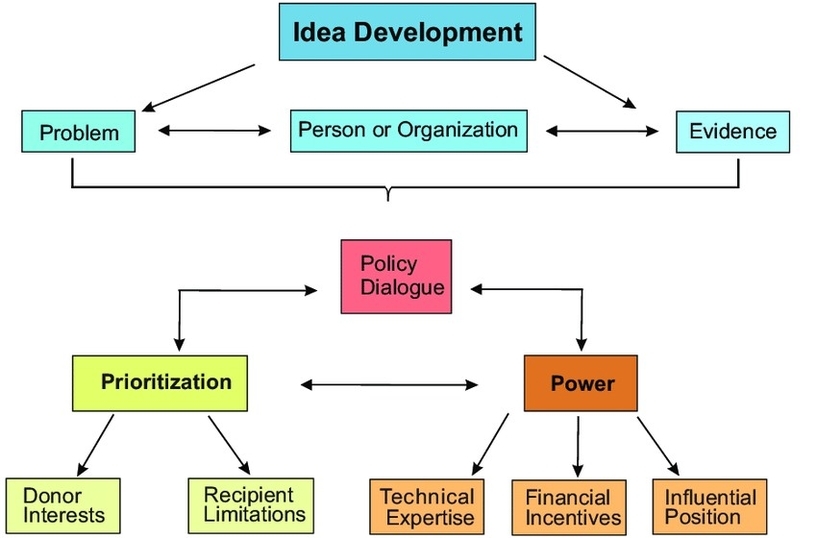
A policy agenda is a written document that consists of a list of procedures and actions that is either used to remind the public or to be discussed in a meeting or assembly. It reflects the ranking of government priorities and the selection of problems that require political attention. The policy agenda can be influenced by various factors, such as events, evidence, campaigns, protests, or stakeholders.
ome examples of policy agendas are:
– The State of the Union Address, delivered annually by the US president to Congress and the nation, outlining the administration’s goals and policy proposals for the coming year.
– The European Commission Work Programme, adopted each year by the European Union’s executive branch, setting out the main initiatives and legislative actions planned for the next 12 months.
– The Sustainable Development Goals, adopted by the United Nations in 2015, providing a global framework of 17 goals and 169 targets to end poverty, protect the planet, and ensure peace and prosperity by 2030.
If you want to learn more about how policy agendas are set and how they affect the policy process, you can check out these resources:
– [Understanding Public Policy Agenda Setting Using the 4 Ps Model: Power, Perception, Potency and Proximity](^1^), a briefing note by the National Collaborating Centre for Healthy Public Policy.
– [How to Set the Agenda](^2^), a chapter from the book How to Do Public Policy by Anke Hassel and Kai Wegrich.
– [A
